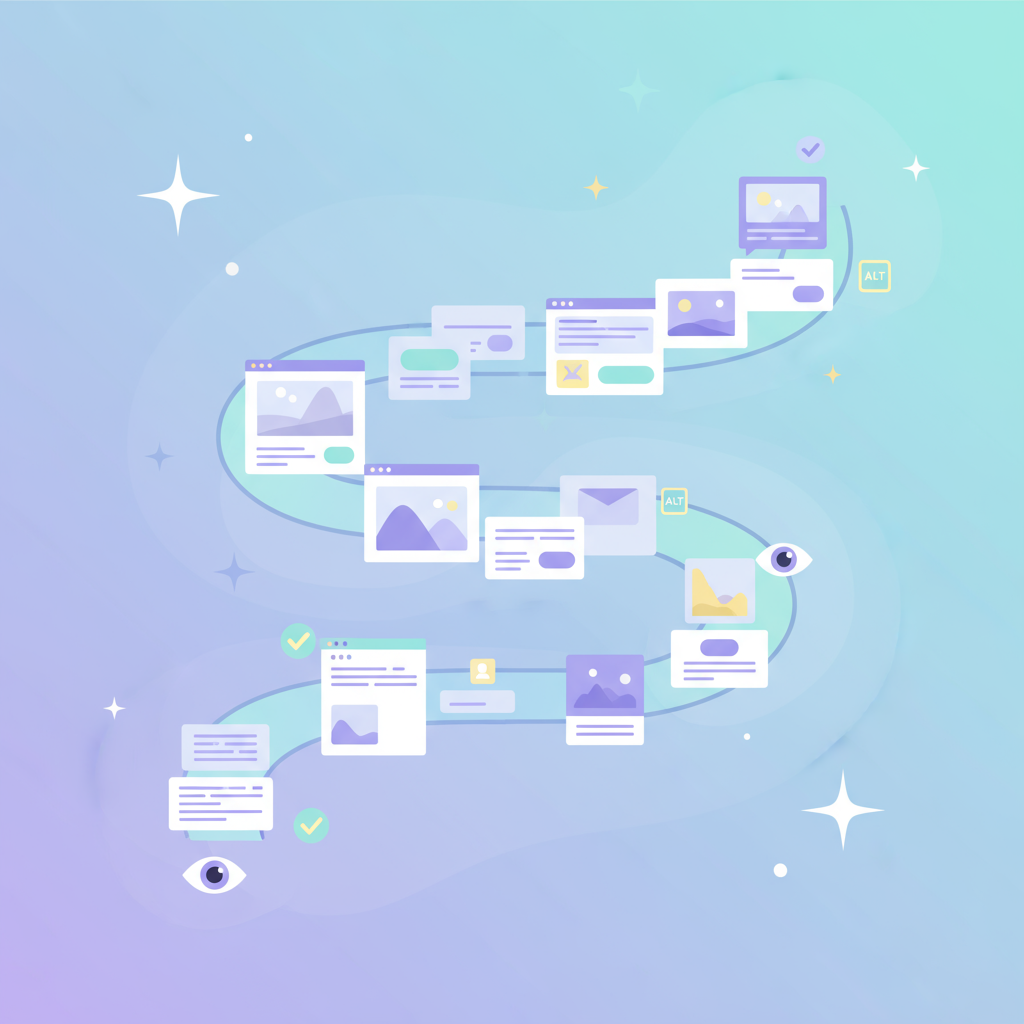
Email is king when it comes to talking directly to your customers. Sure, we might send texts or share voice notes, but we all still check our emails. It’s how we keep in touch with work and the businesses we connect with.
As an email marketer, this puts you in prime position to get your business’s brand right into the hands of your customers. The problem, however, is that you must first get past the metaphorical guard dog known as the secure email gateway (SEG).
SEGs use sophisticated methods to identify and block spam and phishing emails from ever entering a person’s inbox. While your email newsletters should go through, that doesn’t necessarily mean they will. That’s why businesses need to know what a secure email gateway is and how it works. Know this key info, and you’ll be able to improve the chances of your emails reaching their destination.
What are email security gateways?
Protecting yourself from cyber threats is the basis of all cybersecurity risk assessment services. One of the biggest gaps in any security armor is phishing emails. If they get through and someone clicks a link they shouldn’t have, it’s almost impossible to stop the damage.
The victim could be anyone. The link could lead to a ransomware virus that holds your data captive or be the start of a data breach. It could even lead to a traditional scam that has you input your credit card details so a thief can steal them.
For all these reasons and more, email providers consistently invest in security features to help protect their customers. One such feature is an email security gateway.
A secure email gateway uses AI and machine learning to screen incoming emails, identify spam, and stop it from entering. If there’s any doubt, the system quarantines the email in your spam box for review.
Why are secure email gateways important?
While we are getting better at filtering out spam emails, an estimated 45.6% of emails sent in 2023 were still spam. This poses a massive security risk for consumers, businesses, and governments alike.
According to IBM, businesses are hit the hardest, with the global average cost of each successful phishing attack increasing to $4.88M USD. The attacks don’t just hit businesses, either, with attacks targeting individuals and even charities.
Just as phishing and spam emails have become more sophisticated, so have the tools designed to protect against them. All providers, including big names like Gmail, use SEGs to secure communications and other features, such as Gmail’s unsubscribe feature.
What do SEGs flag as spam?
SEGs continually update their parameters. This means that what they check for is constantly in flux. What SEGs look for today, for example, could include:
- Strange or suspicious subject lines
- Highly urgent capitalization or excessive exclamation points
- Strange URLs
- Poor grammar and/or spelling
- Generic greetings that don’t address the recipient
- Suspicious email addresses
- The volume of emails sent at once
- Attachment types
- Image-heavy content
SEGs are far more advanced than just ticking boxes, but that doesn’t mean your emails can’t get blocked or sent to spam. After all, you might put together a great email campaign, but if your email is too image-heavy, it might get quarantined or sent to spam.
The good news is that once you know what the SEGs look for, you can work to design better emails. Beefree can help you get started, with a range of templates for responsive email designs.
How to create newsletters with secure email gateways in mind
The good news is that you can implement and send out most, if not all, of your newsletter ideas without issue. So long as the emails are well-made and are sent at a reasonable frequency, you’ll be golden.
Start by first improving your security methods
In general, you should always look at ramping up the security measures in your business. You can use one of the top types of risk assessment matrix to understand your business's threats and how to resolve them. Then, since you already have that information, you can use it to create better newsletters and emails.
Make sure the personalization feature works
One of the biggest red flags for an SEG is a generic greeting. Adding Dear Sir/Madam at the start isn’t going to fly in today’s world. Even if your email gets through, it’s unlikely the recipient will open it.
That’s why you need personalization. Linking your email marketing tools to your customer relationship management system means you can offer easy personalization, like addressing your customers by name, or even offering personalized recommendations based on their order history.
Avoid image-only emails
Image-only emails are tempting for an email marketer. They’re striking, they look good, and you can fine-tune what they look like in Photoshop or another image editor.
They can also be a red flag for SEGs.
Thankfully, the solution is simple: enrich your emails. The best part about this approach is that it also improves the accessibility. Improving email accessibility will help ensure that all your customers can engage with your emails on their terms. Those emails will also load faster, look great on all devices, and be more engaging.
Align your emails with the landing pages
SEGs look out for suspicious links. A link might be suspicious if there’s a misspelling or if the link doesn’t sound like the content in the email. So, how do you ensure that SEGs don’t see any of your links as suspicious?
You make them predictable.
An easy way to do this is to create a landing page from an email. On top of aligning the landing page with the content of the newsletter, you’ll want to:
- Make a custom URL for every link that matches the content of the page
- Ensure there’s no misspelling
- Don’t use urgent language around your link
Use 2FA to boost security
Do you need 2FA to get past SEGs? No, but it’s a great way to help protect you and your customers.
You can protect sensitive data by adding user identity verification. For example, a customer may get an order confirmation email but wants to cancel or change the delivery details. Including a two-factor authentication step ensures only the customer can request changes.
Building in extra security features puts your customers at ease. It also protects your endpoints and, in turn, your business. So, no, you don’t need 2FA to get past SEGs, but it’s worth looking into for you and your customers’ protection.
Avoid urgency
Urgency can be a flag for SEGs. So:
- DON’T WRITE IN ALL CAPS
- Minimize the use of exclamation points
Think of the copy in your newsletter as a chance to win over your audience, not scare them into clicking the link. Doing this will improve your relationship with your customers since they’ve come to you on their terms. It’s also essential to get emails past the SEG.
Key takeaways
Secure email gateways are a primary defense against spam and phishing attacks, but they can pose a problem for email marketers. By working to understand the security risks associated with email scams, you can then understand what your email needs to make it into inboxes.
From there, you’ll want to make your emails more personable, accessible, and secure. Once you’ve found that sweet spot, your newsletters will be more likely to get past the secure email gateway and into your audience’s inboxes.



